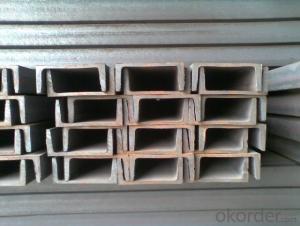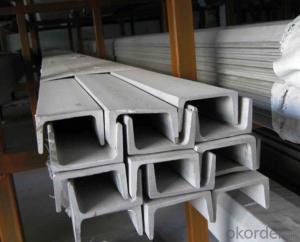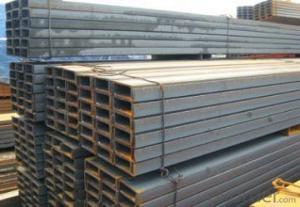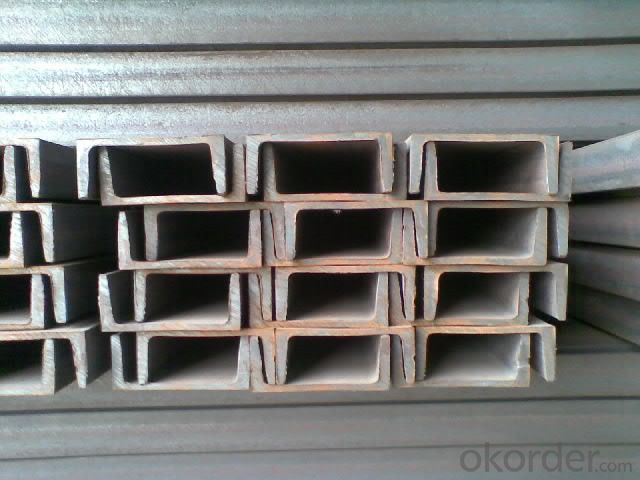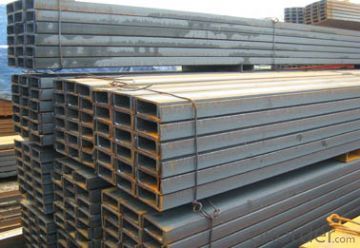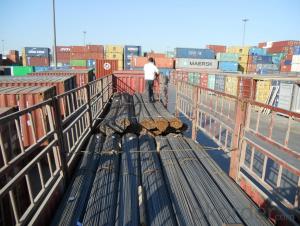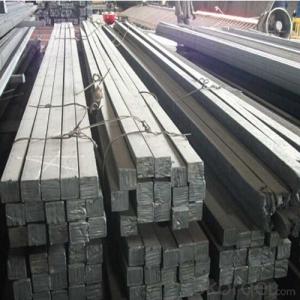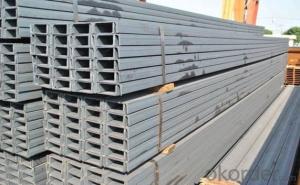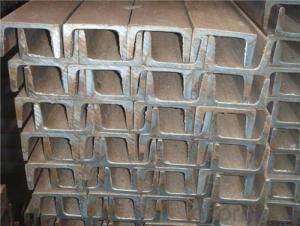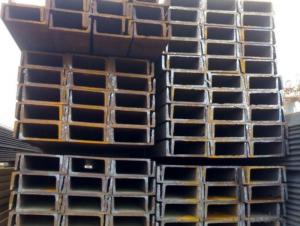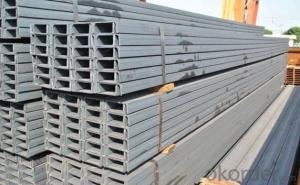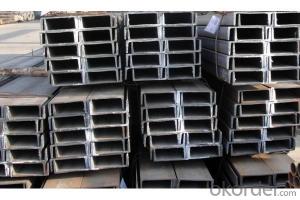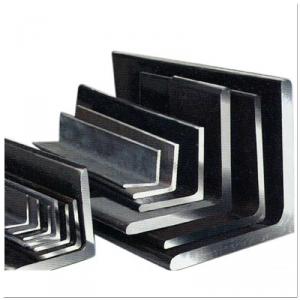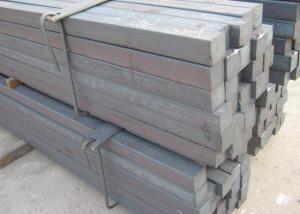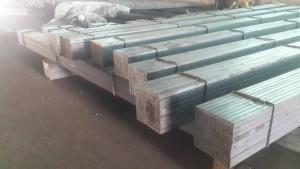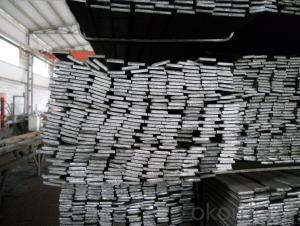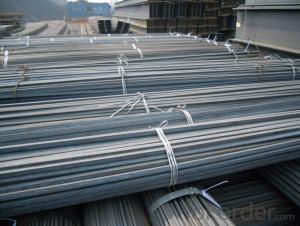180mm*70mmm U channel steel for construction
- Loading Port:
- Tianjin
- Payment Terms:
- TT or LC
- Min Order Qty:
- 25 m.t.
- Supply Capability:
- 100000 m.t./month
OKorder Service Pledge
OKorder Financial Service
You Might Also Like
Product Description:
OKorder is offering 180mm*70mmm U channel steel for construction at great prices with worldwide shipping. Our supplier is a world-class manufacturer of steel, with our products utilized the world over. OKorder annually supplies products to European, North American and Asian markets. We provide quotations within 24 hours of receiving an inquiry and guarantee competitive prices.
Product Applications:
180mm*70mmm U channel steel for construction are ideal for structural applications and are widely used in the construction of buildings and bridges, and the manufacturing, petrochemical, and transportation industries.
Product Advantages:
OKorder's U channel steel are durable, strong, and resist corrosion.
Main Product Features:
· Premium quality
· Prompt delivery & seaworthy packing (30 days after receiving deposit)
· Corrosion resistance
· Can be recycled and reused
· Mill test certification
· Professional Service
· Competitive pricing
Product Description:
We are definitely speciallizing in manufacturing and supplying channel steel as per japanese standard, which is characterised with high mechanical strength and competitive prices.
1.The JIS channel can be devided into two kinds, namely common channel steel and light channel steel. The sizes of hot rolled common channel steel range from 5# to 40#. Meanwhile, the channel steel can be divided into cold forming sectional equal channel steel, cold forming sectional unequal channel steel, cold forming inner edge channel steel and outer edge channel steel.
2.The JIS channel is usually used for arch-itechtural structure, and they could be welded in order to support or hang a vari-ety of facilities. They are also usually used in combination with I beam. The channel steel with sizes under 14# is usually applied to construction engineering, as purline, while the channel steel with sizes above 16# is more likely to be used in building vehicle chassis structure and mechanical structure. Furthermore, the channel steel in sizes above 30# are target at building bridge structure, as tension bar.
3.In a word, the channel steel must possess perfect welding property, riveting property and mechanical property and so on
1.The JIS channel will be packed in bundle with steel wire at each end of every bundle and color marking in order to help the customer to recognize his goods more easily at sight.
2. And the JIS channel could be loaded into 20ft or 40ft container, or by bulk cargo.If the weight of each bundle reaches more than 3.5 mt, the loading by break bulk cargo should be choosed.When the weight of each bundle reaches less than 3mt, the loading by container should be choosed.
3.As for the transportaion from mill to loading port, the truck will be usually used. And the maximum quantity for each truck is 40mt.
4.All in all, we could do in accordance with customer's request.
FAQ:
Q1: Why buy Materials & Equipment from OKorder.com?
A1: All products offered byOKorder.com are carefully selected from China's most reliable manufacturing enterprises. Through its ISO certifications, OKorder.com adheres to the highest standards and a commitment to supply chain safety and customer satisfaction.
Q2: How do we guarantee the quality of our products?
A2: We have established an advanced quality management system which conducts strict quality tests at every step, from raw materials to the final product. At the same time, we provide extensive follow-up service assurances as required.
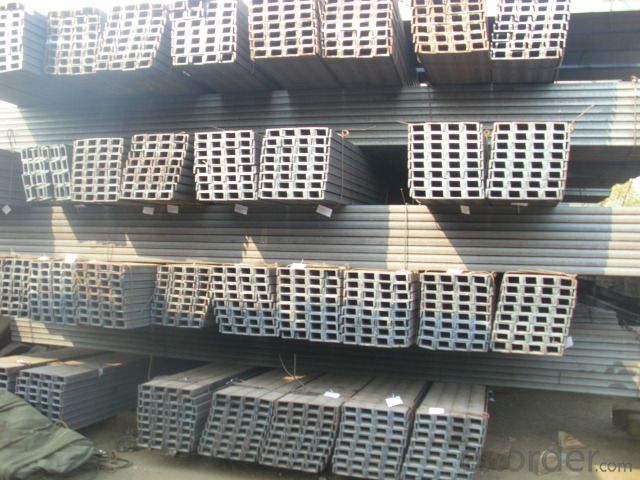
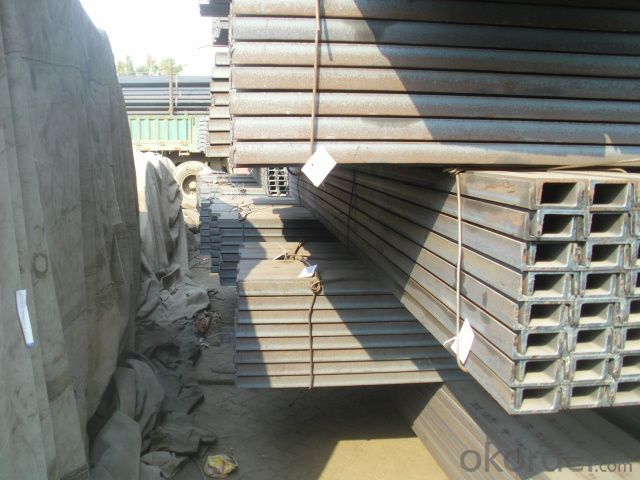
- Q: How do you use a steel square to find the height of a retaining wall?
- In order to determine the height of a retaining wall using a steel square, several measurements and a basic understanding of the tool are necessary. The first step is to ensure that the steel square is clean and in good condition. To begin, position yourself near the retaining wall where you have a clear view of the top. Hold the steel square vertically, with the shorter side against the wall and the longer side extending upward. Align the square's bottom edge with the base of the wall. Next, measure the distance from the bottom edge of the steel square to the top of the retaining wall. This can be done by either extending your arm or using a measuring tape. It is important to keep the square perpendicular to the ground in order to obtain an accurate measurement. Once the measurement is obtained, write it down. This distance represents the height of the retaining wall and can be used for various purposes, such as calculating the necessary materials for repairs or assessing the wall's stability. It is crucial to emphasize the importance of accuracy when using a steel square to determine the height of a retaining wall. Take your time to ensure that the square is properly aligned and that your measurements are precise. Additionally, it is always beneficial to double-check your calculations and measurements to avoid any mistakes.
- Q: Can a steel square be used for checking the squareness of a bookshelf?
- No, a steel square cannot be used for checking the squareness of a bookshelf. A steel square, also known as a carpenter's square or a try square, is primarily used for measuring and marking right angles in woodworking and carpentry. It is not designed to accurately determine the squareness of a complex structure like a bookshelf. To check the squareness of a bookshelf, a more appropriate tool would be a combination square or a framing square, as these are specifically designed to measure and verify right angles in larger structures. Additionally, a level or a measuring tape can also be used to ensure the bookshelf is level and accurately aligned. Using the correct tools for the task at hand is crucial to achieving accurate and precise results.
- Q: How do you use a steel square for creating accurate corner lap joints?
- For precise corner lap joints, one must adhere to the following instructions when utilizing a steel square: 1. On both pieces of wood that will be joined, accurately measure and designate the desired length of the lap joint. Verify that the measurements are precise and in alignment. 2. Position the steel square on one of the designated pieces of wood, aligning one of the square's edges with the wood's edge. Securely hold the square in position. 3. Employ a marking knife or pencil to trace along the square's other edge, transferring the edge onto the wood. This action will generate a straight and precise line. 4. Repeat this process on the other piece of wood, ensuring that the marked lines are aligned with one another when the pieces are brought together. 5. Utilizing a saw or chisel, cautiously cut along the marked lines on both pieces of wood, ensuring that excess material is removed. 6. Evaluate the accuracy of the joint by fitting the two pieces of wood together. They should fit snugly, creating a tight corner joint. The utilization of a steel square not only guarantees accuracy but also furnishes a straight edge for guiding cutting tools. It is crucial to uphold proper alignment and securely hold the square in place while marking to attain precise lap joints.
- Q: How does a steel square assist in measuring and marking angles?
- A steel square, also known as a framing square or carpenter's square, is a versatile tool that assists in measuring and marking angles. It consists of two arms, usually made of steel, which are perpendicular to each other. One arm is longer and serves as the reference edge or baseline, while the other arm is shorter and acts as the measuring edge. To measure angles, you can place the reference edge of the steel square against one side of the angle you want to measure. The shorter measuring edge can then be aligned with the other side of the angle. By reading the markings on the square's arms, you can determine the angle's measurement in degrees. Additionally, a steel square can be used to mark angles accurately. After aligning the square with the desired angle, you can use a pencil or a scribe to mark the angle's position on the material. The square's edges provide a straight line to guide your marking, ensuring precision and consistency. The steel square's sturdy construction and right angles make it a reliable tool for measuring and marking angles in various woodworking, metalworking, and construction projects. Whether you need to determine the angle of a roof pitch, create precise miter cuts, or layout a framework, a steel square can assist you in achieving accurate results.
- Q: Can a steel square be used for stair layout and construction?
- Yes, a steel square can be used for stair layout and construction. It is a versatile tool that can help ensure accurate measurements and angles when building stairs.
- Q: How do you use a steel square to determine angles for picture frames?
- To use a steel square to determine angles for picture frames, you will need to follow a few simple steps. 1. Start by placing the steel square on one corner of the frame, ensuring that the long edge of the square is lined up with the edge of the frame. 2. Hold the square firmly in place, making sure it doesn't move while you take measurements. 3. Look at the two arms of the steel square. One arm is shorter, typically around 6 inches, and the other arm is longer, usually around 12 inches. 4. The shorter arm is known as the tongue, and the longer arm is called the blade. 5. Now, look at the markings on the blade of the square. These markings represent different angles, typically ranging from 0 to 90 degrees. 6. Align the blade of the square with the side of the frame and observe which angle marking matches the edge of the frame. 7. Take note of the angle indicated by the marking that aligns with the edge of the frame. This will be the angle of the frame corner. 8. Repeat this process for each corner of the frame, ensuring that you align the square properly and record the correct angle for each corner. By using a steel square in this manner, you can accurately determine the angles needed to create picture frames with perfect corners.
- Q: How do you use a steel square to mark a line at a specific angle to a board?
- To use a steel square to mark a line at a specific angle to a board, follow these steps: 1. Start by identifying the desired angle you want to mark on the board. This can be done by using a protractor or measuring the angle with a degree scale. 2. Once you have determined the angle, position the steel square on the board in such a way that the long edge (the blade) aligns with the edge of the board. 3. Hold the steel square firmly against the edge of the board, ensuring it is flush against the surface. Make sure the blade extends past the edge of the board, as this is where the marking will be made. 4. Now, locate the scale on the steel square that corresponds to the desired angle. This is typically marked on the blade or the tongue of the square. 5. Align the desired angle on the scale with the edge of the board. This will position the square at the correct angle to mark the line. 6. With the steel square securely in place, use a pencil or a scribe to draw a line along the edge of the blade. Ensure that the marking is consistent and clear. 7. Once the line is marked, double-check its alignment and accuracy by measuring it with a ruler or a tape measure. Remember to maintain a steady hand and apply appropriate pressure to ensure a clean and accurate marking. Practice and precision are key to effectively using a steel square to mark a line at a specific angle to a board.
- Q: Can a steel square be used for measuring angles in concrete work?
- No, a steel square is not suitable for measuring angles in concrete work as it is primarily used for measuring and marking right angles in woodworking.
- Q: Can a steel square be used for gazebo construction?
- Gazebo construction can indeed benefit from the utilization of a steel square. These versatile tools serve multiple purposes such as angle measurement, marking, ensuring squareness, and facilitating precise and accurate construction. Carpenters and builders frequently employ steel squares in various construction projects, including the construction of gazebos. By implementing a steel square, one can effectively establish and mark the necessary angles and cuts for the gazebo frame, guaranteeing proper alignment and squareness of the structure. Furthermore, during the assembly process, the steel square can be employed to verify squareness, thereby ensuring compliance with the desired specifications. In conclusion, a steel square is an invaluable tool that contributes significantly to the success of gazebo construction.
- Q: How does a steel square assist in determining the correct angle for a mitered dovetail joint?
- A steel square is a useful tool in determining the correct angle for a mitered dovetail joint because it allows for precise measurements and angles to be taken. When creating a mitered dovetail joint, it is important to have each angle at 45 degrees to achieve a perfect fit. With a steel square, one can easily measure and mark the desired angle on both the piece being joined and the piece it will be attached to. By aligning the steel square against the edges of these pieces, it becomes easier to ensure that the angles are accurate and consistent. Additionally, the steel square can be used to check the squareness of the joint by placing it against the inside corner of the joint. This helps to ensure that the joint is properly aligned and that both pieces are flush against each other before assembly. In summary, a steel square is an essential tool in determining the correct angle for a mitered dovetail joint because it allows for precise measurements, marking, and checking of angles, ultimately ensuring a strong and accurate joint.
Send your message to us
180mm*70mmm U channel steel for construction
- Loading Port:
- Tianjin
- Payment Terms:
- TT or LC
- Min Order Qty:
- 25 m.t.
- Supply Capability:
- 100000 m.t./month
OKorder Service Pledge
OKorder Financial Service
Similar products
Hot products
Hot Searches
Related keywords
